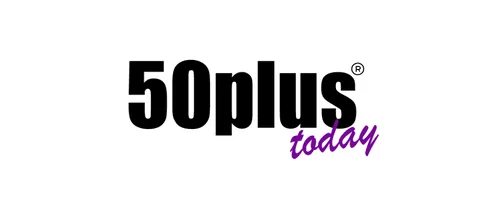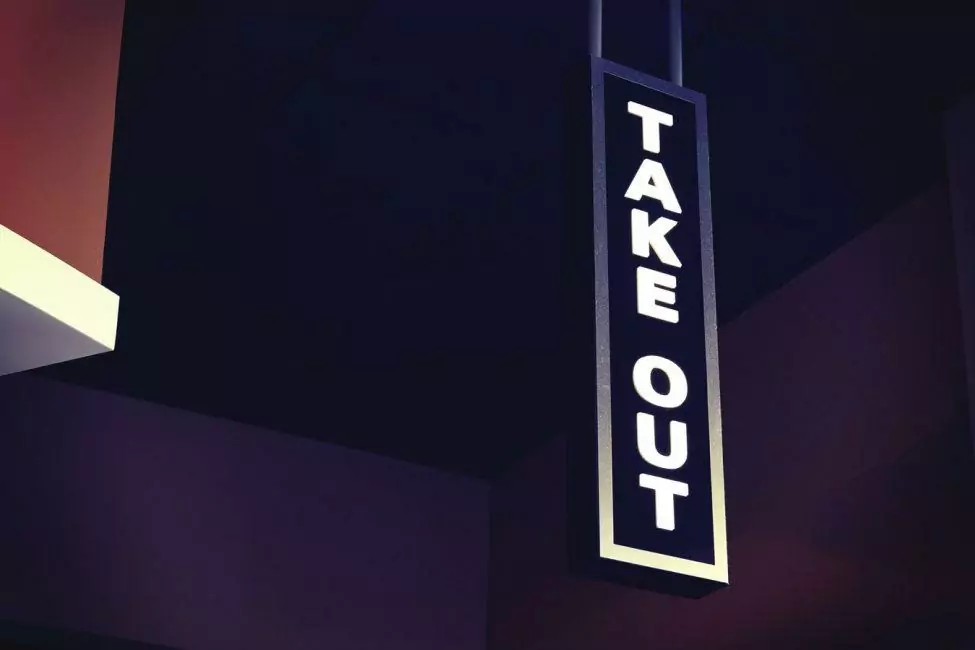How to get food safely amidst our coronavirus fears?
Should we order in or cook at home? It’s an age-old question that’s even more of a challenge today as we wonder which is the safest option for us health-wise. A wonderful article by Amanda Mull published recently in THE ATLANTIC talks about the difficult choices with which we are faced right now.
“Canceled events, school and office closures, and pleas from public-health officials to avoid contact with others have started to change the rhythms of daily life, and the omnipresent question of what to eat has taken on a new, moral complication. Keeping yourself fed via the delivery services and grocery stores that most Americans rely on is a necessary task that can’t easily be completed while avoiding other people.” she writes.
Meal planning is more complicated now.
Nutritious foods, those we all certainly should eat when worried about our health, are generally expensive and perishable. And do we want to go the the supermarket anyway when we are advised to practice “social distancing”? The lines at our supermarkets are longer than ever; those who can afford to stock up on on non-perishable foods and/or have an extra freezer to store them seem to buy huge amounts of groceries.
I still go to the supermarket, though I try to minimize my risk by going when I think less people will be at the store. I’m aware danger is actually greater for those working the register than for me as they have closer contact with more people. I continue to shop because I like home-cooked nutritious meals. However, I primarily buy only what I need for the week as usual so that someone else also has the opportunity to purchase healthy food items. Sometimes I buy larger amounts so I can bring a meal or two to an elderly neighbor. Last week I bought some extra non-perishable items to donate to our local food bank, but learned later they need specific items and it’s more helpful to either donate money or contact them to ask what they need.
What about take-out and delivery?
Ms. Mull reached out to Stephen Morse, an epidemiologist at Columbia University for information. He believes hot food ordered in is unlikely to be much of a danger unless contaminated after cooking. He added, “a salad, if someone sneezes on it, might possibly be some risk,” but as long as the food is handled properly, there should be very little risk.”
For me, take-out continues to be a good option on the days I don’t cook. The general consensus seems to be that the risk of transmission of the coronavirus in food brought into the house is low. Local restaurants are taking a big financial hit, and I want to support them as best I can. I trust that the venues I believed took food safety seriously prior to the pandemic will be even more vigilant now.
I admit I am wary of delivery services and prefer to pick up my take-out right now. However, I’m told the danger of the delivery interaction is not great, especially if you wash your hands after touching the packaging and before you eat. The risk is likely greater for the delivery person who encounters more people. Those who are elderly and/or have a compromised immune system and count on delivery can decrease their risk by paying in advance by credit card and asking that the food be left outside the door.
Wondering how you can help?
- Prepare, but don’t overstock
- Practice social distancing as much as possible
- Reach out to people who are vulnerable
- Donate to your local food bank
- Don’t spread misinformation about the coronavirus (Google it)
As we navigate these unchartered waters, let’s keep the big picture in mind. Do what you can to remain healthy and not spread the virus, but stay calm while you do it. Remember that a great many people are struggling right now and need help if you are in a position to do so.










